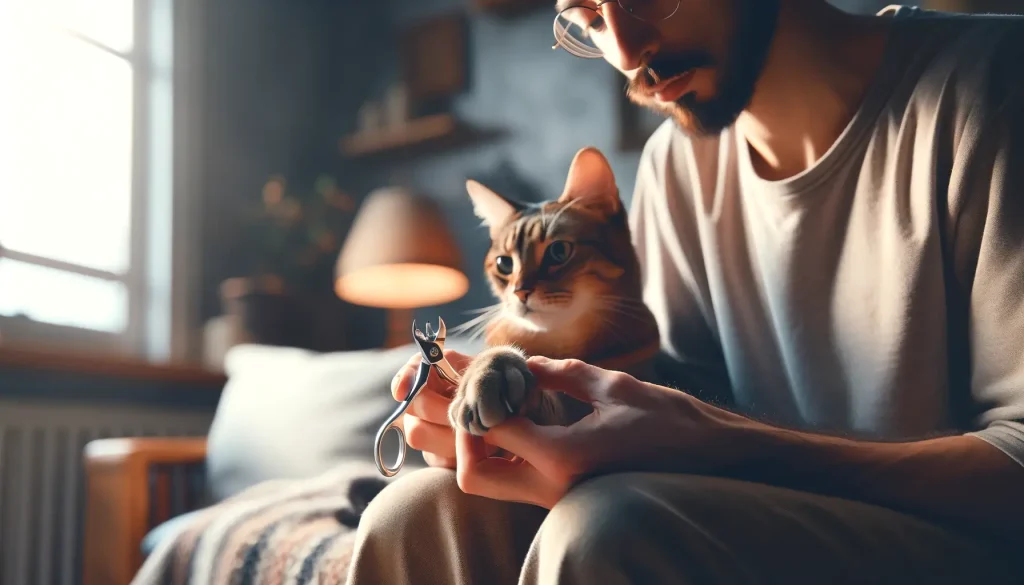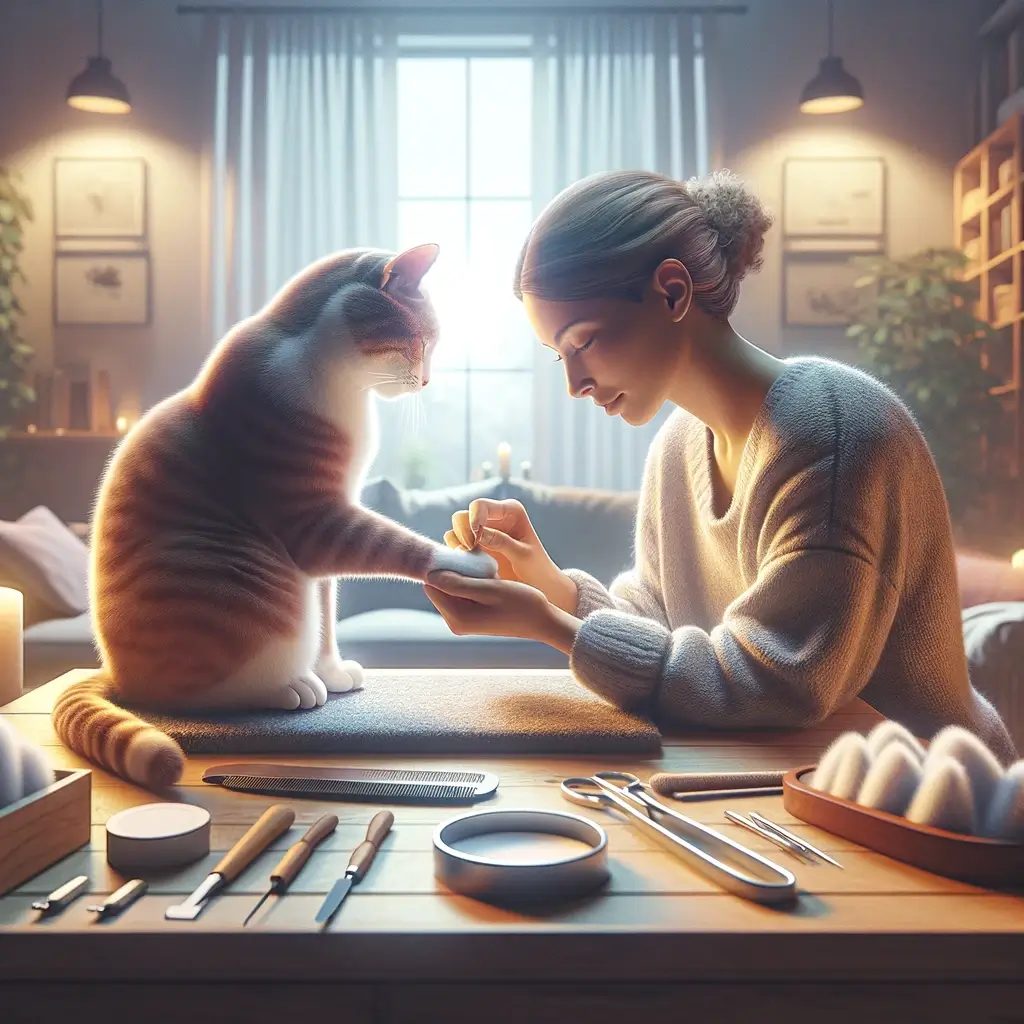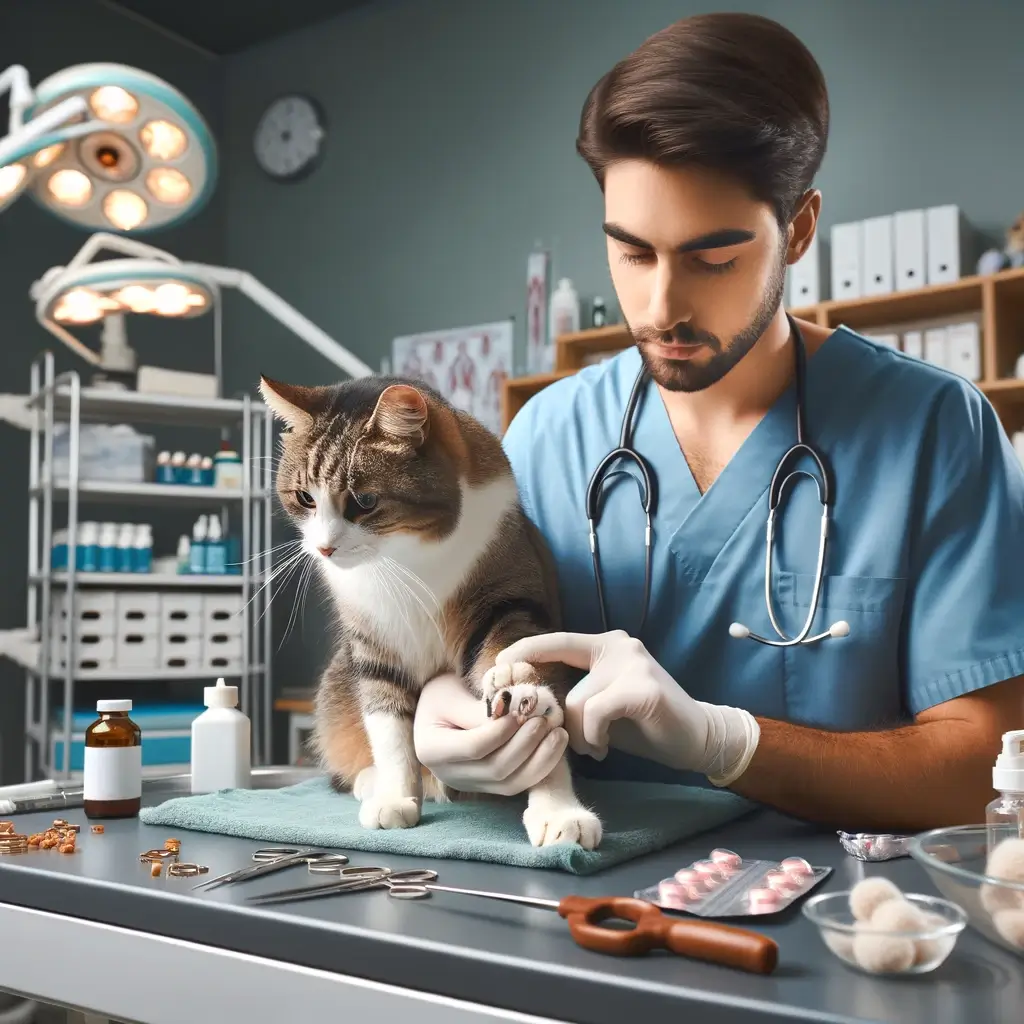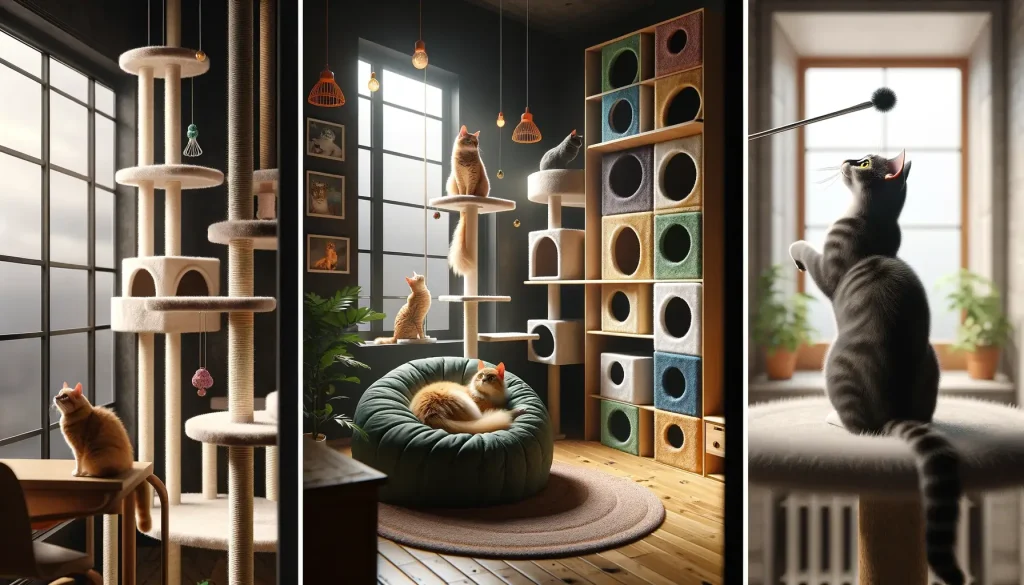
Why Declawing Hurts More Than It Helps
Many cat owners ponder the idea of declawing to protect their furniture, unaware of what declawing truly entails. Declawing is not a simple nail trim; it involves the amputation of the last bone of each toe on a cat’s paw. This procedure is akin to cutting off a human finger at the last knuckle, a fact that highlights its severity. The traditional methods for declawing, utilizing a scalpel or guillotine clipper, are not only invasive but can result in lasting physical and behavioral problems for the cat.
Laser surgery offers a modern method by using a highly focused beam of light to cut through tissue, yet it still poses similar risks including an increased chance of back pain, litter box aversion, and biting due to post-procedure discomfort. These outcomes provide a glimpse into why declawing has met substantial opposition globally, prompting bans or ethical concerns in numerous countries.
Though some may consider a tendonectomy, where the tendon controlling each claw is severed, a less severe alternative, it still endangers the cat to potential complications like bleeding, lameness, and infection. Besides, it requires more diligent maintenance, such as regular, more difficult nail trims to prevent the claws from becoming ingrown or catching on materials.
The myriad complications associated with declawing, such as pain, infection, and tissue necrosis, along with post-operative challenges like altered ground interaction and potential for improperly removed claws regrowing painfully, underscore the urgency for alternatives. Cats, stripped of their primary means of defense, might turn to biting or develop an aversion to litter boxes due to the discomfort of typical post-surgery substrates, further complicating their care.
Thankfully, humane and non-surgical options exist to curb unwanted scratching behavior. These include behavioral training, consistent use of soft plastic nail caps, and regular claw trimming. Such alternatives aim to prevent unnecessary declawing procedures, ensuring the well-being and holistic health of feline companions while safeguarding your home from damage.
Protect Your Furniture and Your Cat
Cat owners often face the dilemma of protecting their furniture while ensuring their feline friends are not harmed. The key lies in prevention and education. Understanding your cat’s behavior and providing appropriate alternatives can prevent the need for declawing. Here are some actionable tips:
- Introduce Scratching Posts: Place multiple scratching posts around your home. These allow cats to fulfill their natural scratching instinct without damaging furniture.
- Regular Nail Trims: Keep your cat’s claws trimmed. Short nails are less likely to cause damage. Make nail-trimming a routine to minimize discomfort for both you and your pet.
- Soft Plastic Nail Caps: Consider using soft plastic nail caps. These caps cover your cat’s claws, preventing damage from scratching without affecting the cat’s ability to stretch and mark territory.
- Furniture Protectors: Use furniture protectors on your couches and chairs. These can deter your cat from scratching while protecting the fabric.
- Positive Reinforcement: Reward your cat for using scratching posts and other appropriate outlets. Treats, praise, and playtime can encourage desired behaviors.
- Environmental Enrichment: Provide plenty of playtime and interactive toys. A bored cat is more likely to scratch inappropriately. Keeping them engaged can prevent unwanted behavior.
By implementing these strategies, you can safeguard your furniture and maintain a happy, healthy relationship with your cat. Avoiding declawing not only protects your cat from potential physical and behavioral problems but also encourages a harmonious living environment. Always consult with a vet before making changes to your cat’s health and wellness regimen.


Home Care Vs. When to See a Vet
As a pet owner, it’s key to understand how you can care for your cat’s claws at home and recognize when professional help is needed. Let’s explore home care options and the specific cases where a vet visit becomes necessary.
At home, regular claw trimming is a fundamental practice. It keeps your cat’s nails at a safe length, preventing them from getting too sharp or growing into their pads—a common source of discomfort. Claw trimming, when done correctly, is an easy routine that can greatly enhance your feline friend’s well-being.
Another significant alternative is soft plastic nail caps. These caps are glued to your cat’s claws, effectively blunting their nails to protect against unwanted scratching. They’re a fantastic non-surgical option, especially for indoor cats. Both these home care methods are beneficial for your cat and keep your furniture safe without resorting to declawing.
However, sometimes, despite our best efforts, issues might arise that require professional veterinary care. For instance, if your cat’s nail grows into its paw pad, if there’s any sign of infection (swelling, redness, discharge), or if you notice your cat is in pain when walking, a vet visit is crucial. These symptoms could indicate deeper problems that demand medical attention.
In cases of infection, serious injury, or lameness, home remedies will not suffice. A veterinarian can provide the necessary treatments, from antibiotics to, in severe cases, surgical intervention.
Additionally, if you feel unsure about conducting claw trims at home or if your cat vehemently opposes it, seeking assistance from a veterinarian or a professional groomer can prevent unnecessary stress for both you and your cat. Sedation may sometimes be offered for cats that do not tolerate handling well.

Enrichment for Indoor Cats
Keeping your indoor cat entertained and stimulated is crucial for their physical and mental well-being, and it’s a key factor in preventing unwanted behaviors like excessive scratching or furniture destruction. Indoor cats, devoid of the natural stimuli outdoor life provides, can become bored and develop behavioral issues. Feline enrichment involves creating a stimulating environment that caters to your cat’s natural instincts to explore, hunt, and play.
- Introduce Interactive Toys: Toys that mimic prey, such as laser pointers, feather wands, and motorized mice, can provide hours of entertainment and satisfy your cat’s hunting instincts. Rotating the toys regularly keeps your cat intrigued and engaged.
- Create Vertical Spaces: Cats love to climb and observe their surroundings from high vantage points. Installing shelves or cat trees in your home can encourage climbing and jumping, providing both exercise and entertainment.
- Implement Puzzle Feeders: These feeders require cats to solve a puzzle to access their food, engaging their brains and mimicking the challenge of hunting. This not only entertains them but also slows down their eating, which is healthier for their digestion.
- Encourage Window Watching: Set up a perch near a window where your cat can watch the outdoors. Birds, squirrels, and passing cars can be fascinating for indoor cats, providing mental stimulation and reducing boredom.
- Incorporate Regular Playtime: Dedicate time each day to play with your cat. This not only strengthens your bond but also ensures they get sufficient physical exercise, reducing the risk of obesity and associated health issues.
Feline enrichment is more than just play; it’s about providing a stimulating environment that caters to all aspects of your cat’s natural behaviors and needs. By implementing these strategies, you can enhance your cat’s quality of life, reduce the likelihood of behavioral problems, and foster a deeper, more rewarding relationship with your pet. Engaging in these activities together also reinforces positive behaviors, making it easier to manage natural instincts like scratching in a way that’s beneficial for both your cat and your household.
Beginner Guide to Raising Quail at Home
What are the Signs of a Dog Concussion?
What Causes Your Dog’s Ears to Smell Bad?
When your dog’s ears start to emit an unpleasant odor, it might leave you puzzled…
Methimazole Treatment for Cat Hyperthyroidism
Methimazole plays a crucial role in managing feline hyperthyroidism, a condition marked by an overactive…
Got Hummingbirds in your Backyard? Here’s How to Care for Them.
Why Does Your Cat Pee Outside the Litter Box?
Cat’s Litter Box Issues It’s not uncommon for cat owners to face the frustrating dilemma…




